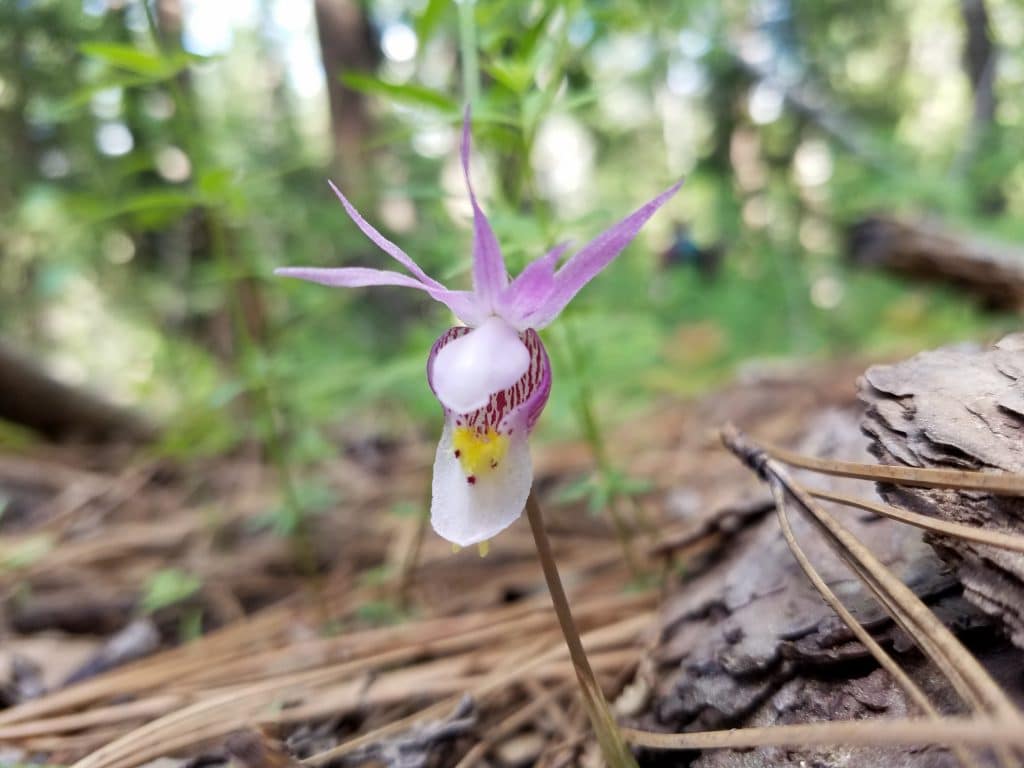Aug. 15, 2019
When Jaime Yazzie began planning her research for her forestry thesis, her adviser asked her what species of trees she wanted to save. They would use a computer simulation to measure the effects of a warming, drying environment, and she needed to select which trees to preserve.
“I was a little shocked,” Yazzie said. “In my mind, they’re one big family. To lose one would be like losing a sibling.”
Yazzie, who is Diné, took a different approach with her research. Instead of looking at which trees they could keep or lose, she applied her experiences and priorities as a Native American researcher and asked what society could change so the whole forest, in all its interconnectedness of species, land and people, could adapt as their environment changed. It was born out of the Navajo concept of K’é, or kinship, and the belief that people’s relationship to the forest ecosystem was as powerful and necessary to preserve as people’s relationships to each other.
What stemmed from that “light bulb moment” was a research project that combined western science and modeling tools with Indigenous knowledge and bringing voices into a conversation that haven’t always been considered. Yazzie’s research, “Dine kinship as a framework for conserving native tree species in climate change,” was published in July in Ecological Applications. The other authors are forestry professors Peter Fulé, Yeon-Su Kim and Andrew Sánchez Meador.
The idea for this type of study began several years ago when Fulé approached tribes in the Southwest looking for collaborative research efforts. The Navajo (Diné) Nation was one of the interested tribes, and they worked with Fulé to apply for an agroforestry grant from the U.S. Department of Agriculture. Fulé then recruited Native students to lead the research. Yazzie, then a master’s student in the School of Forestry, jumped at the opportunity.
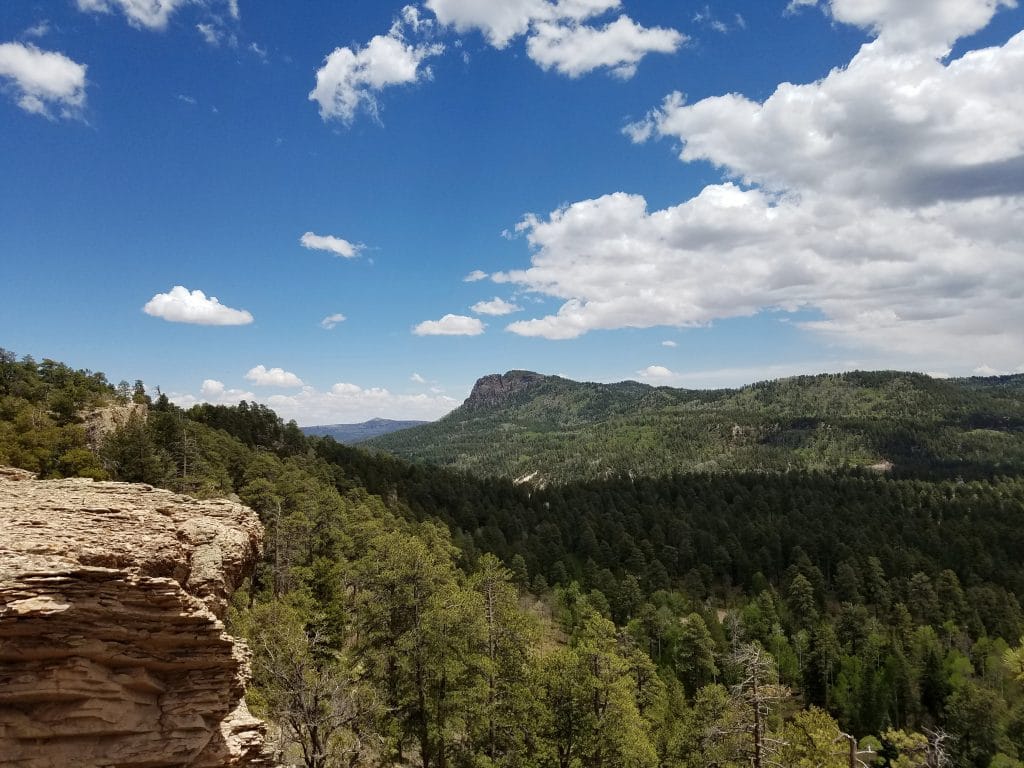
Looking at the scientific methodology, this study looked much like other studies: The team used the Climate-Forest Vegetation Simulator and input data from the most recent Intergovernmental Panel on Climate Change (IPCC) report to determine how forests could be affected based on different climate events and the effects of specific human-led activities to mitigate the effects of those events. But behind the data and simulations, the entire process centered on Indigenous knowledge and beliefs about the forest, such as how the ecosystem affected society, the spiritual value of the forest to the people and what the people owed the forest in terms of responsibility and reciprocity for what the forest had given. It shifted the entire conversation.
“We found that substantial forest loss was inevitable under the warming climate scenarios,” the authors wrote. “The Indigenous principle of respecting nature does promote adaptive management, rather than complacency. The modeling framework allowed us to evaluate the management treatments, including planting, for conserving multiple tree species in mixed conifer forests, thus providing an anchor for biodiversity.”
While the team was doing this climate study, Yazzie and Kim were concurrently running a related project that focused on outreach and education to the tribes. They hosted local meetings with community members living in the Navajo Nation to discuss priorities, share what they were learning and listen to concerns from the tribes, which changed the way they modeled.
That also meant telling the tribal members what they learned. That was a rough day for Yazzie.
“These results are devastating,” she said. “For the tribes, this is devastating. In workshops I held with community members, the response was silence. We had just gone through how valuable this forest is, how meaningful it is; it’s not just that they have a connection to the land now, but the land connected them to their ancestors. It connected them to the next generation, their children, their grandchildren, and many more that are to come. These results just left them shocked.”
They were quiet for a moment, digesting. Then her community members spoke.
“Right away they said, ‘OK, what can we do? What is being done? What is the tribe doing, what are the forest managers doing, what are other tribes doing, what is the Forest Service doing? They were thinking about how we can take this information and use it in order to ensure that there’s something for the next generation.
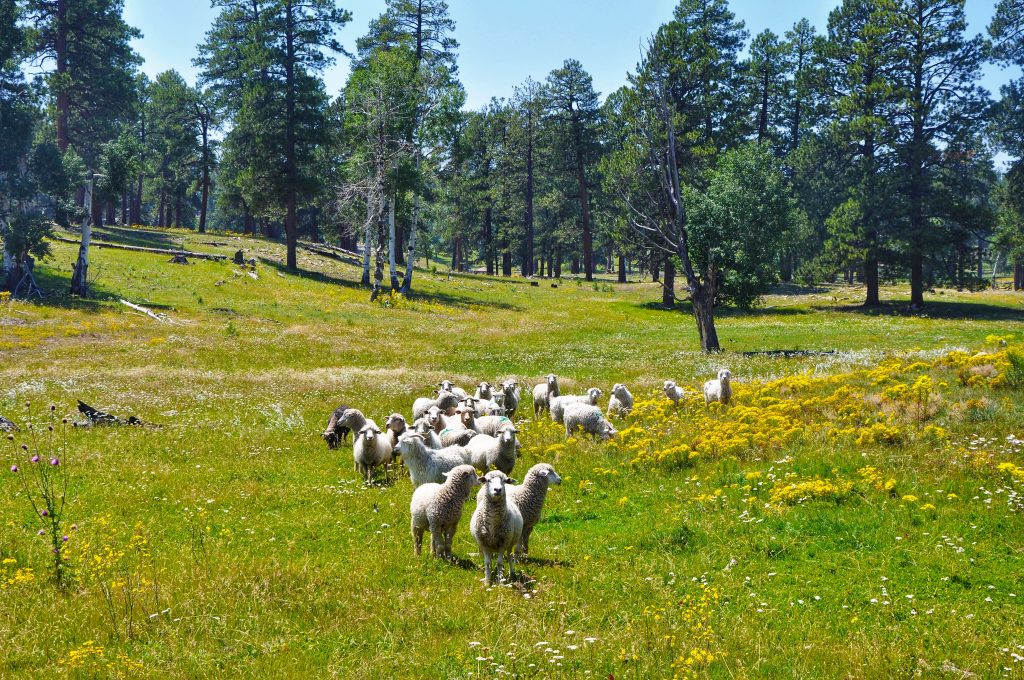
“That’s one of the amazing things about my community. There are a lot of concerns about changing ecosystems, but all of our teachings, all of our knowledge has principles and concepts for us to apply to teach us how to be adaptable.”
Kim said incorporating these different ideas is critical in science, which scientists are increasingly recognizing. Getting buy-in and being able to make changes will be much easier if these groups are working together, with the same priorities and same information.
“One of the most urgent problems we face with climate change is the disconnect between what we know from science and what we actually do about it,” Kim said. “It is imperative to produce and communicate relevant information with stakeholders—tribal members, in this case—so they can act on it.”
What Yazzie, who is now an NAU employee, is doing is continuing to work with her community to effect positive change on the forest but also to promote the use of Indigenous knowledge in the scientific community. This project showed her how infrequently Indigenous voices are considered in western science and the importance of including those voices.
“My grandpa used to talk about knowledge as a crystal—you can see it from one side, then you turn it and there’s another side. That’s what knowledge is,” she said. “That’s how you learn, that’s how you teach is that we have these multiple sides. I think predominantly western academia places a lot of weight into western science and puts other knowledges at the opposite end. Really, it’s western science and all these other ways of knowing.
“I think there’s just a lack of incorporation of other knowledges. When we’re discussing a huge issue like changing ecosystems, it’s important to see it from all sides.”
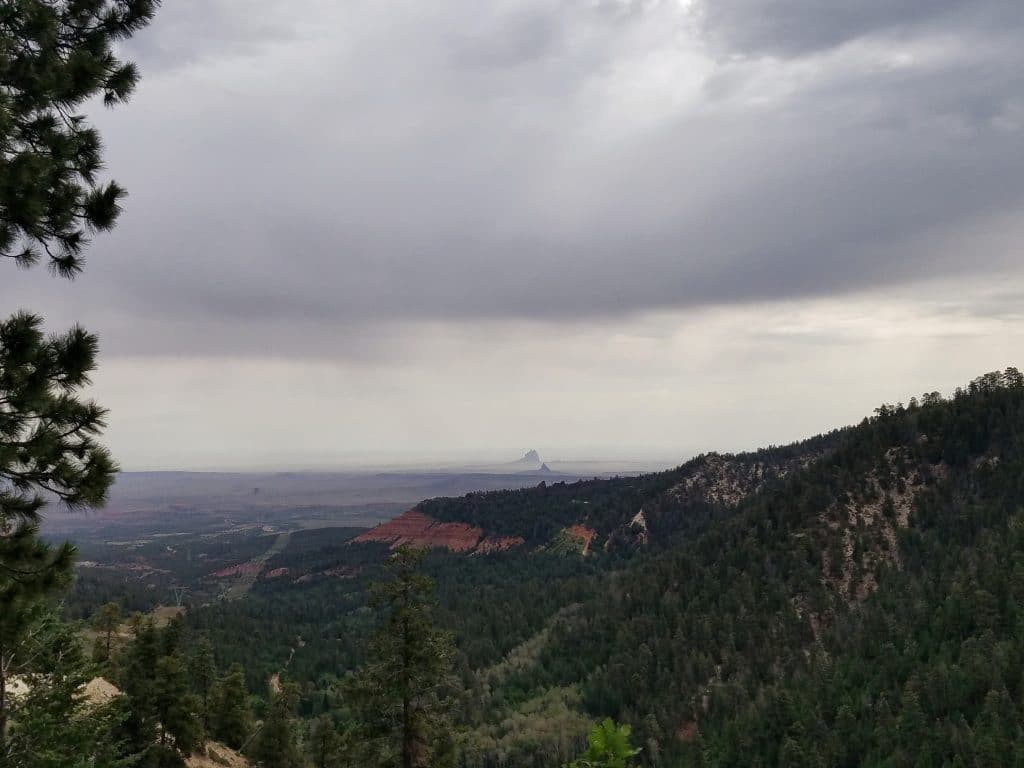
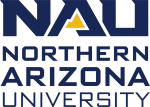
Heidi Toth | NAU Communications
(928) 523-8737 | heidi.toth@nau.edu
